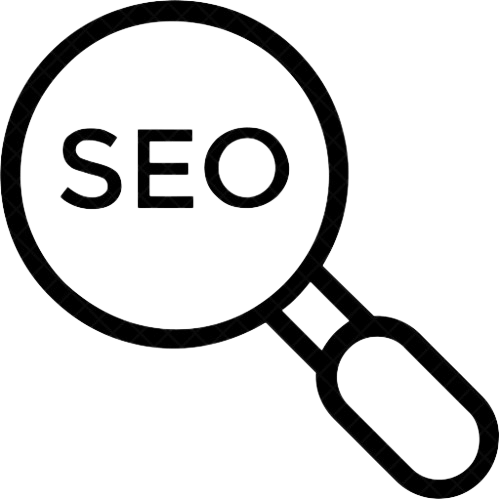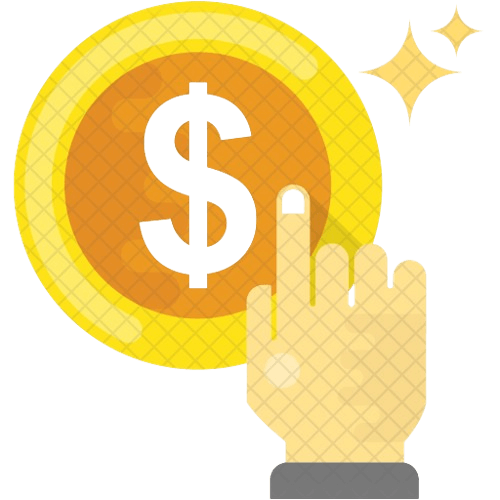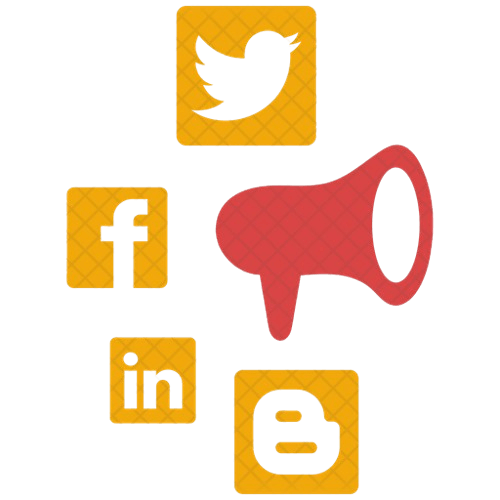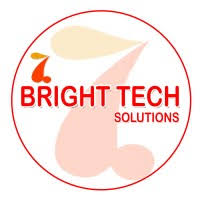What Are LinkedIn Marketing Services?
LinkedIn Marketing Services: LinkedIn marketing services involve the different activities and methodologies for promoting a brand, product, or service on LinkedIn. It could be profile optimization, content creation and curation, LinkedIn advertising (sponsored content), lead generation, networking, community building, analytics, employee advocacy programs, and webinars, among others. The bottom line objective for LinkedIn marketing services involves awareness development about the brand and creating professional relationships with the target audience.
Importance of LinkedIn Marketing Services
- B2B Networking Opportunity LinkedIn is professionally designed for working professionals and is the ideal B2B network. Business connections can be easily formed with key decision-makers, influential people, and leaders in the industries as well as possible clients to develop relevant connections.
- Target Group In LinkedIn, a business can reach a specific group by targeting industry, job title, location, and many more. This targeting ensures that the efforts of marketing directly reach the most relevant audience.
- Thought Leadership and Expertise Valuable content and information can establish a business as a thought leader in its particular industry. Once credibility is achieved through leadership in the realm of thought, there is engagement from potential clients.
- Lead Generation and Sales Opportunities LinkedIn is a great means of lead generation as business-to-business companies will be directly connected to prospects and nurtured to sales.
- Advanced Analytics Some of the finest analytics tools that give businesses insight into performance over time, engagement, reach, and understanding of the demographics of the targeted audience are provided by LinkedIn.
- Brand Visibility Continuously posting relevant content, and interacting with your audience maximizes your brand’s visibility to stand out in the busy marketplace.
Key Features of LinkedIn Marketing Services
- Professional Headline: Create a concise headline indicating your role and value proposition.
- Compelling Summary: A summary of your competence, skills, and what makes your business special.
- Experience Section: Profound description of your professional experiences, with emphasis placed on achievements and contributions that demonstrate your area of expertise.
- Content Creation and Curation Content is perhaps the most important LinkedIn marketing strategy.
- Visual Content: Images, infographics, and videos make more people engage and pay attention.
- Industry News Publishing Share industry-relevant news and current trends to establish your brand as an authoritative source of important information.
- Original Articles: Long-form writings that provide valuable insights, tips, and expertise related to one's industry.
LinkedIn Ads (Sponsored Content) LinkedIn offers many ad options to extend your content’s further reach for a larger audience. The major ad types are:
- Sponsored Content: Though most of your followers will still see your posts, amplifying them can help you get in front of so much more targeted professionals.
- InMail Ads: Personify the communication directly in the inbox of a LinkedIn user with more direct engagement.
- Dynamic Ads: Dynamic ads that change according to the viewer’s profile make it more relevant.
- Lead Generation Lead generation is a super powerful platform. A combination of strategies involves:
- Lead Gen Forms: Capture leads directly from ads, as they are easy to fill out for users, through LinkedIn’s lead gen forms.
- Targeted Outreach Use LinkedIn’s advanced search abilities to find key prospects in your area, and connect with them.
The art of building and maintaining a professional network on LinkedIn is for the long term. Tactics include
- Industry Group Membership: Actively participate in relevant LinkedIn groups to establish a relationship with many other professionals in the same industry as well as engage in the discussion of topics there
- Engaging with Contacts: Engage actively regularly by commenting, sharing their insights, and offering their help through interaction with your network.
- Analytics and Performance Tracking Since optimizing your strategy is one of the main objectives of your LinkedIn marketing, measuring your performance on LinkedIn might be very rewarding for you.
Some important performance metrics to follow include:
- Engagement Rate: Number of likes, comments, or shares on your posts. This will give you the exact idea about how well a piece of content has fared.
- Follower Growth Rate: Tracks the growth of followers at a specific interval.
- Lead Conversion Rate: It tracks how many leads generated through LinkedIn have been converted to clients or customers.
- Encourage employees to share company content on their LinkedIn profile to reach even more people and add credibility to the brand. Some of the key elements include:
- Training and guidelines: Train employees properly on how to share the posts appropriately as well as how to engage with networks
- Employee Achievement Features: Share the achievements of the employees to foster the feeling of community and to show the culture of the brand.
- Hosting webinars and events: hosting webinars and events on the platform increases engagement and exposes your work to the audience. Key strategies
- Promotion of Events: Use LinkedIn to promote upcoming webinars and events and ask your network to register.
- Follow-Up Content: Share recordings, summaries or key takeaways from the webinars after the event in order to keep the audience engaged
Effective Strategies for LinkedIn Marketing Services
- Define Your Goals and Objectives A good start for any LinkedIn marketing is to set clear goals or objectives for the campaign in mind, be it brand awareness, generation of leads, or even establishing thought leadership. It helps outline your strategy and keep you on track with a set goal.
- Know Your Target Audience Getting to know your target audience is crucial. The more you know about their demographics, interests, and pain points, the easier it will be to develop relevant content that resonates with the connections.
- In the introduction, emphasize that high-quality and relevant content creation should focus on creating high-value, information-rich content that provides value to your audience. Articles and posts that engage, insightful posts, and information-graphics will keep the audience coming back.
- Use LinkedIn Stories: Share behind-the-scenes content, updates, or quick tips that would likely capture your audience’s attention in a casual and authentic manner.
- Run Targeted Ads on LinkedIn Take the full potential of LinkedIn ad features by targeting your desired audiences through targeted industries. Write attention-grabbing ads that connect and give value to your target audience.
- Consistent Engagement Interact with your connections through liking, commenting, and sharing their posts regularly. Through relationships, you will get a feel of belonging and unlock reciprocal engagements.
- Leverage user-generated content (UGC). Encourage your followers and clients to share their experiences with your brand on LinkedIn. Displaying UGC demonstrates customer satisfaction and credibility to the world.
- Perform regular checks of your performance metrics, LinkedIn analytics, to measure if your marketing strategies are in place. Insights will guide you to tweak your content and engagement tactics accordingly.





